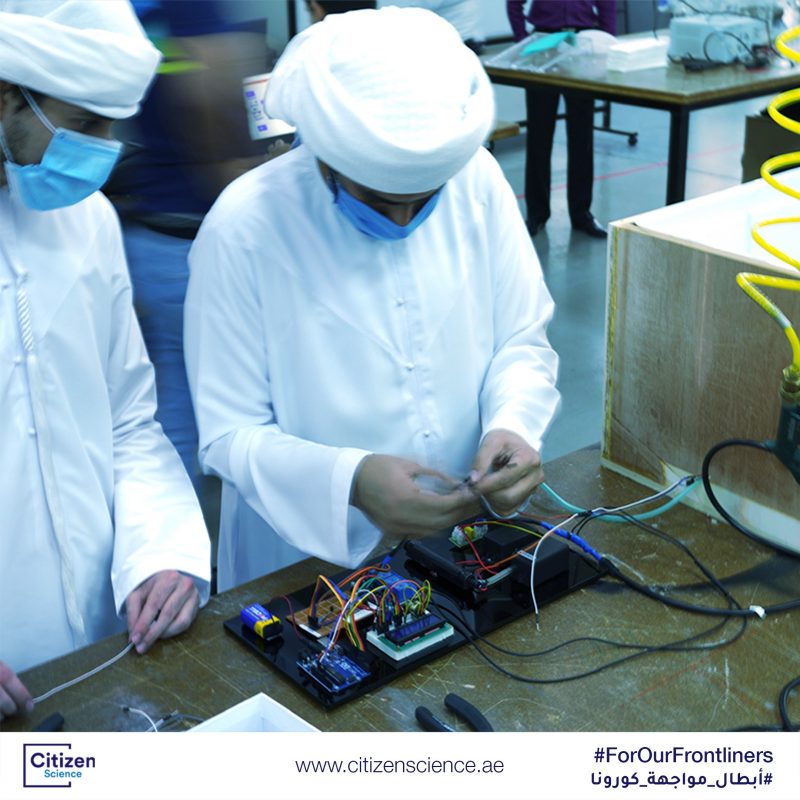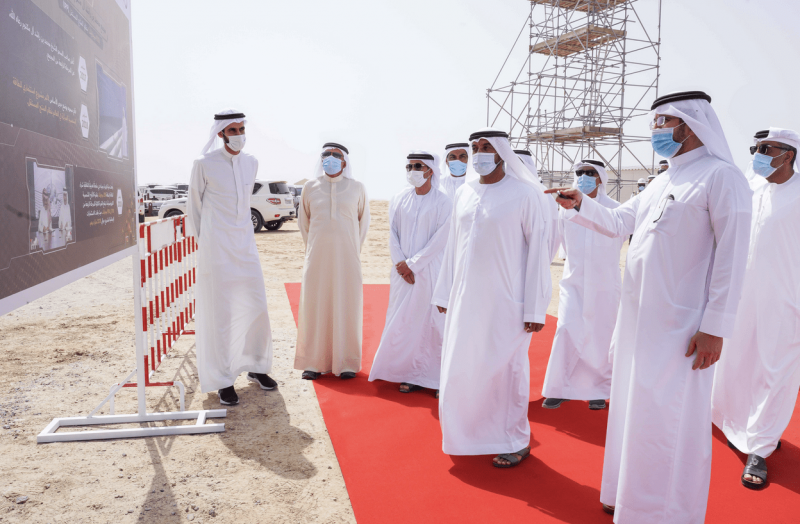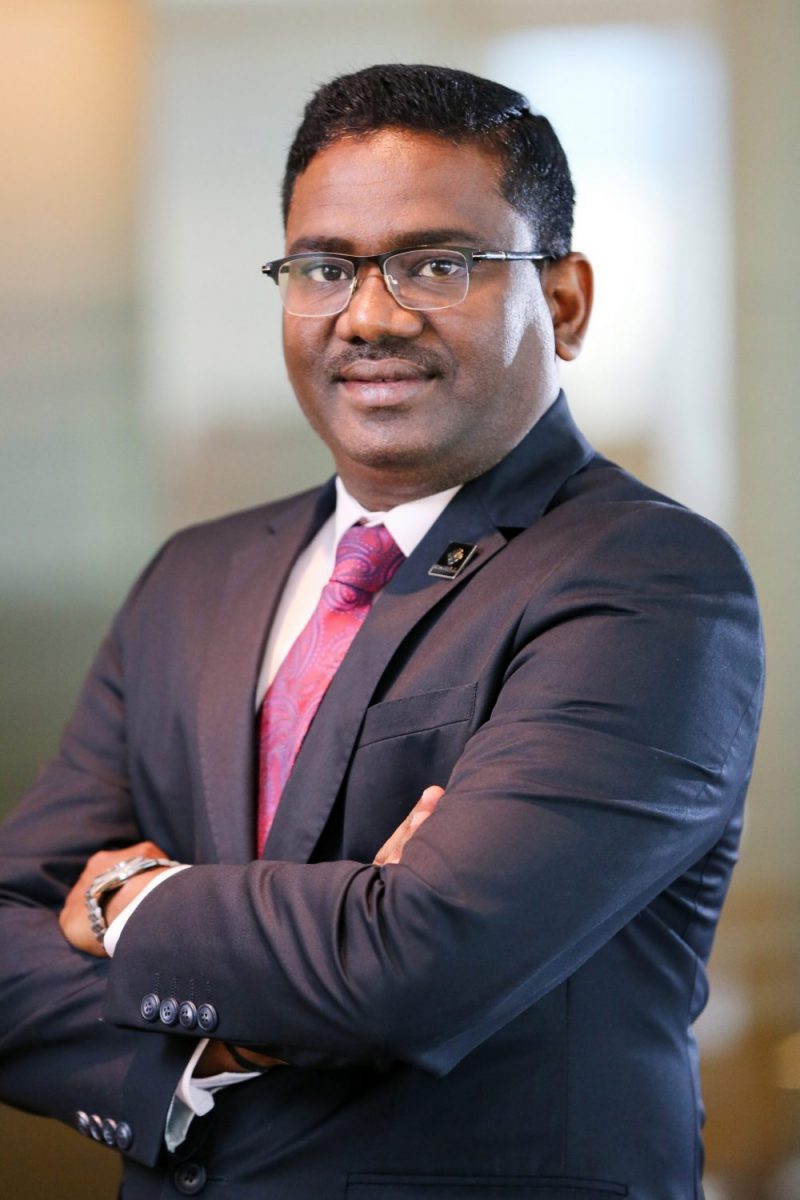The Rising Green Interest of China in the Middle East
Accounting/Finance, Feature

January 22, 2019, 6:27 am
China is exporting their ambitious plans for clean energy across the continent and especially in the Middle East. Strategic partnerships, as well as staggering investments, are cementing the road for China to become the clean energy superpower of the world.
Focus on Green Energy
China is a paradox, from many points of view. The energy sector is not an exception. According to the study Air Pollution in Mega Cities in China, coal accounts for 70% of the total energy consumption and emissions from coal combustion are among the major contributors to air pollution in China. At the same time, according to the International Energy Agency, China accounted for nearly half of the expansion of the solar photovoltaic capacity, in 2016. One year later, Panda Green Energy Group announced that the Panda Power Plant in Datong, Shanxi, had been connected to the grid and entered its testing phase. According to the representatives of the company, the facility could produce 3.2 billion kilowatt hours of green electricity over 25 years, representing an equivalent saving of 1.056 million tonnes of coal. In 2016, in the wind energy sector, China installed 23.4 gigawatts of new capacity, according to the Global Wind Energy Council. In the first quarter of 2018, more than 40% of funding into clean energy projects went to initiatives in China. China could generate 80 percent of its energy from renewables by 2050.
The staggering achievements and plans became even more ambitious in 2018, when China’s National Development & Reform Commission (NDRC) wrote a draft policy that would increase the renewable energy target from 20% to 35% by 2030. China is eyeing investments in green economy outside of its borders, too.
A Strong Partnership
A statement published after China’s President Xi Jinping historic visit in the UAE in July 2018 – the first by a Chinese head of state in 30 years – mentioned that mutual political trust has been enhanced, co-operation in areas of economy, trade and energy steadily expanded, and the friendship between the two countries strengthened.
The strategic partnership was recognised by His Highness Sheikh Mohammed bin Rashid Al Maktoum, Vice President and Prime Minister of the UAE and Ruler of Dubai through a series of tweets in Chinese on the occasion on the visit: “Today we held an extensive meeting with Chinese President Xi Jinping and his accompanying delegation. We reached a consensus on multiple political and economic fronts, and we laid a solid foundation for future energy, technology and infrastructure projects. More importantly, we have a strong political will that will lead us towards greater cooperation.”
During the visits, 13 agreements and two Memorandum of Understanding (MOUs) were signed, including one to advance energy cooperation between the UAE Ministry of Energy and Industry, and China’s National Energy Commission, signed by Suhail bin Mohammed Faraj Faris Al Mazrouei, Minister of Energy and Industry, and He Lifeng, Vice Chairperson of Central Committee of the Communist Party of China, CPPCC, and Chairman of National Development and Reform Commission, NDRC.
Green Interest in the Middle East
The Belt and Road Initiative is expected to span 76 countries across four continents, including the UAE. The project opens new markets for China, including the country’s growing renewable technologies sector. The “greening” of the Belt will make China the provider of “green, low and circular development” to 4.3 billion consumers.
The Middle East plays a crucial role in the megaproject that aims to be a reinvention of the ancient Silk Road for the modern age. Middle East countries currently provide more than half of China’s crude oil imports and China is the largest trading partner with the region. Its goal is to double its Middle East trade to $600bn by 2020.
The Belt and Road Initiative, together with the China-Arab States Cooperation Forum, supported the growth of investment in the region. Since 2010, China invested billions of dollars in nearly every MENA country and in 2016 eclipsed the United Arab Emirates to become the leading investor in the region.
In a statement issued in November 2016, Saeed Al Tayer, the managing director and chief executive of the Dubai Electricity and Water Authority (Dewa), mentioned, related to the Dubai Green Fund, “We have in China a government bank, and I think this is good because we will promote the green economy locally and internationally.”
In June 2018, Saudi Arabia’s Acwa Power signed an agreement with state-owned Energy China to explore for joint investment opportunities in power and water desalination across the Middle East and Asia. In November 2018, the same company, in the presence of Chinese President Xi Jinping, during his official visit to Spain, entered an agreement with Industrial and Commercial Bank of China Limited (ICBC), Shanghai Electric Group Co., Ltd (SEGC), and Spanish company Abengoa, to work together on the Noor Energy 1 Plant (the fourth phase of the Mohamed bin Rashid Solar Park, the largest single-site concentrated solar power plant in the world).










